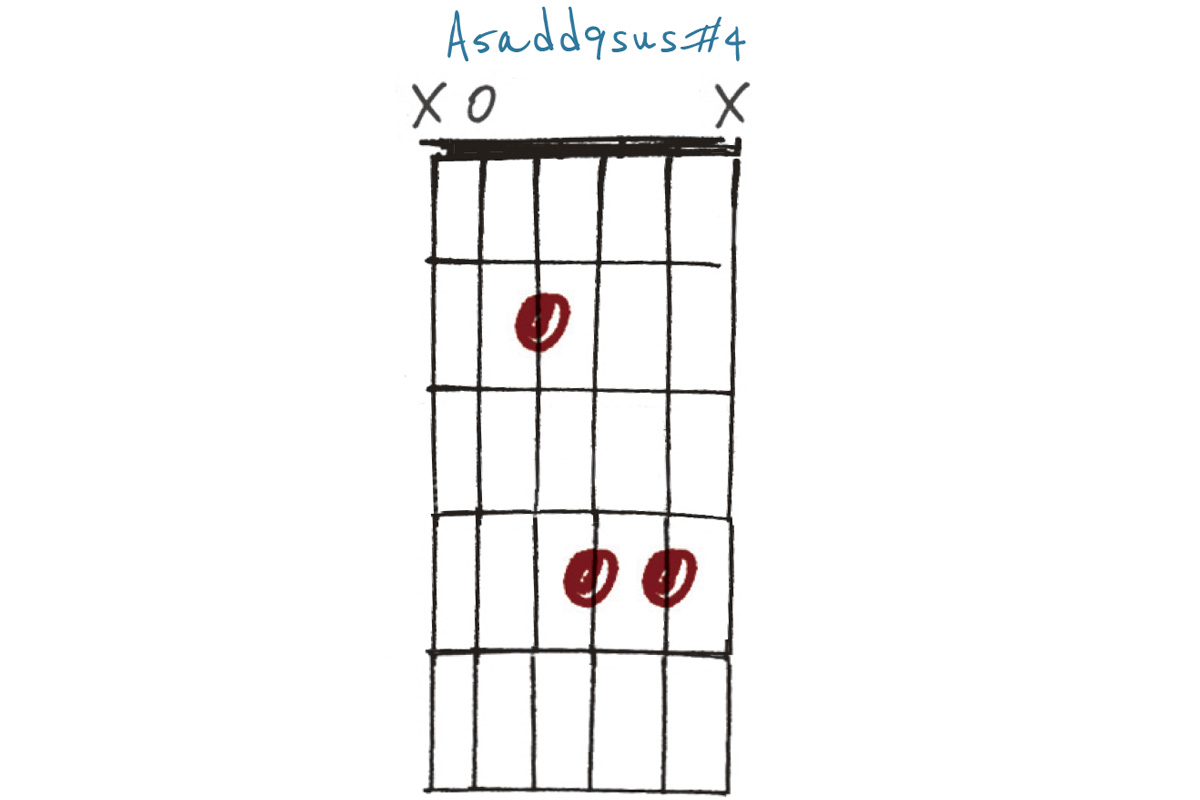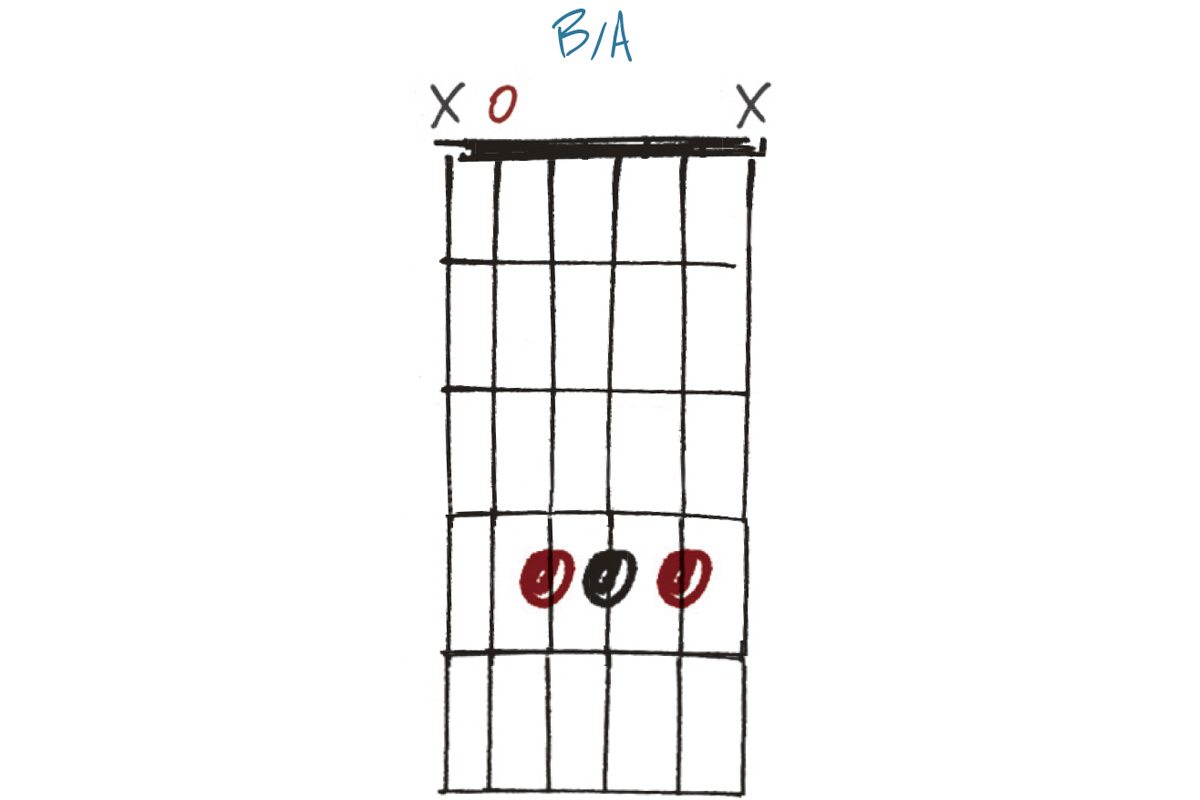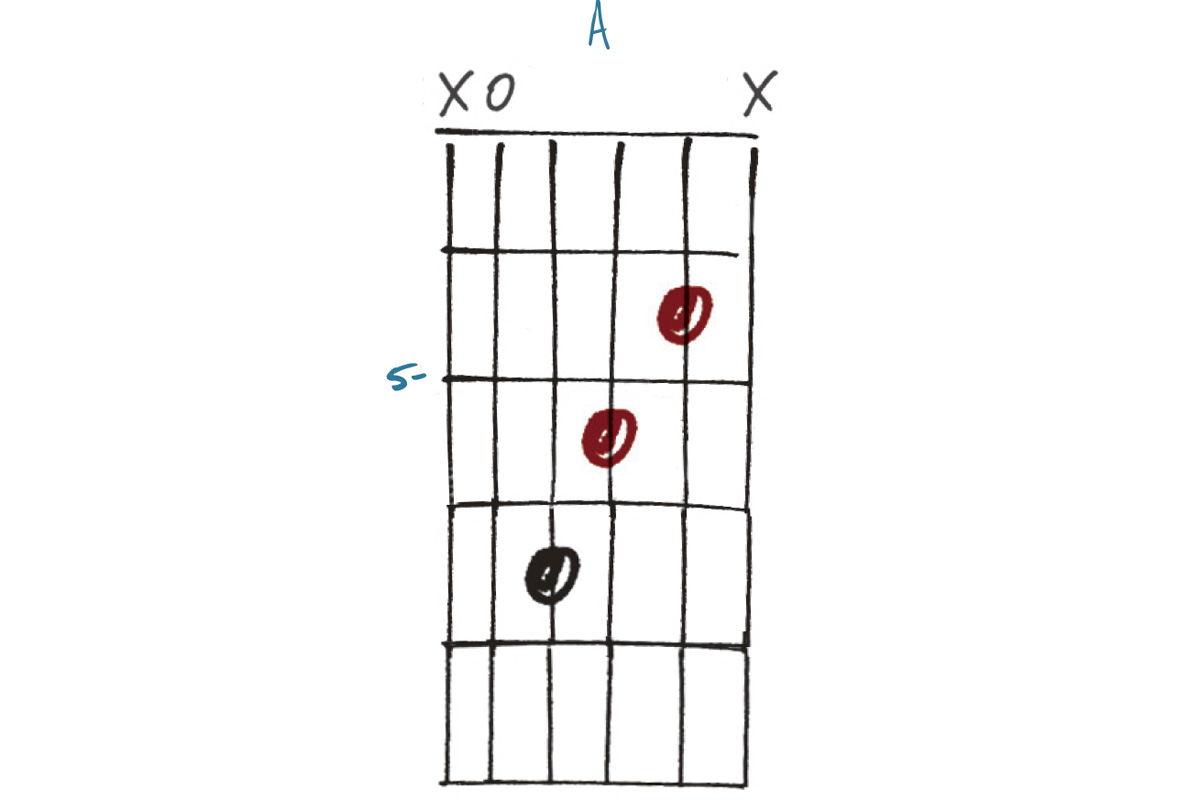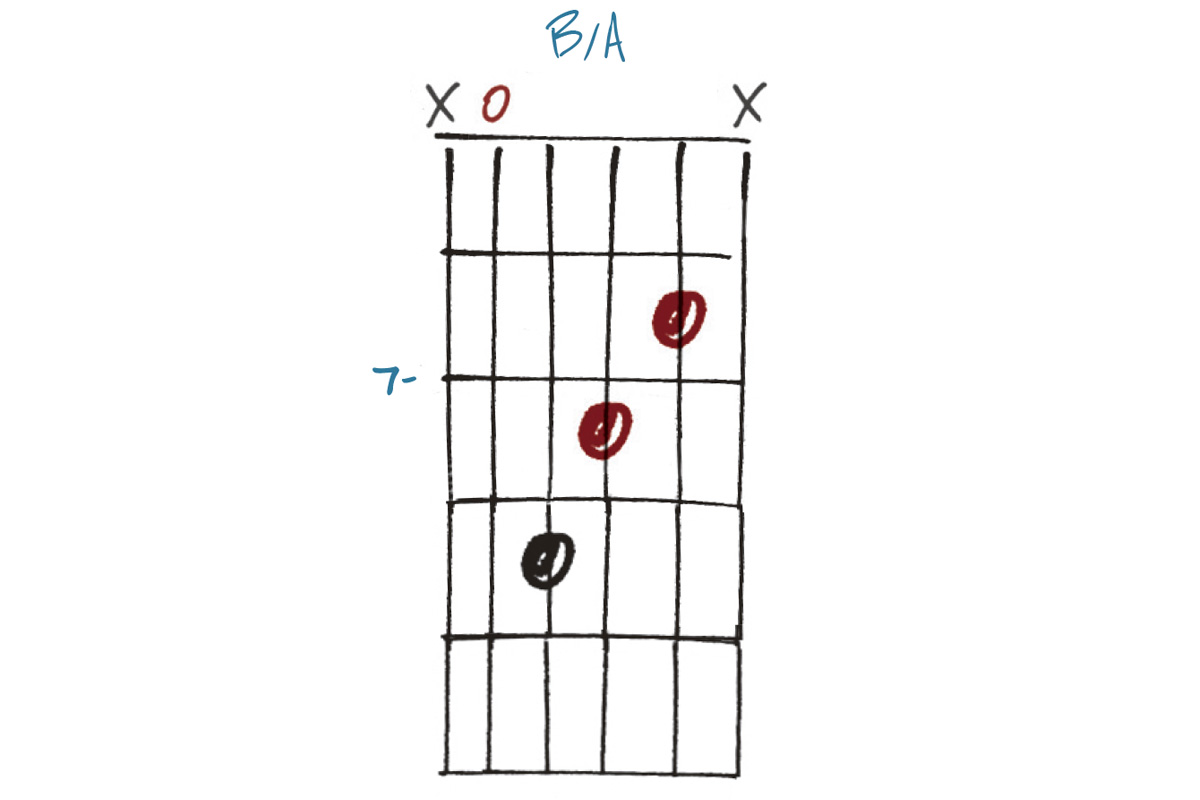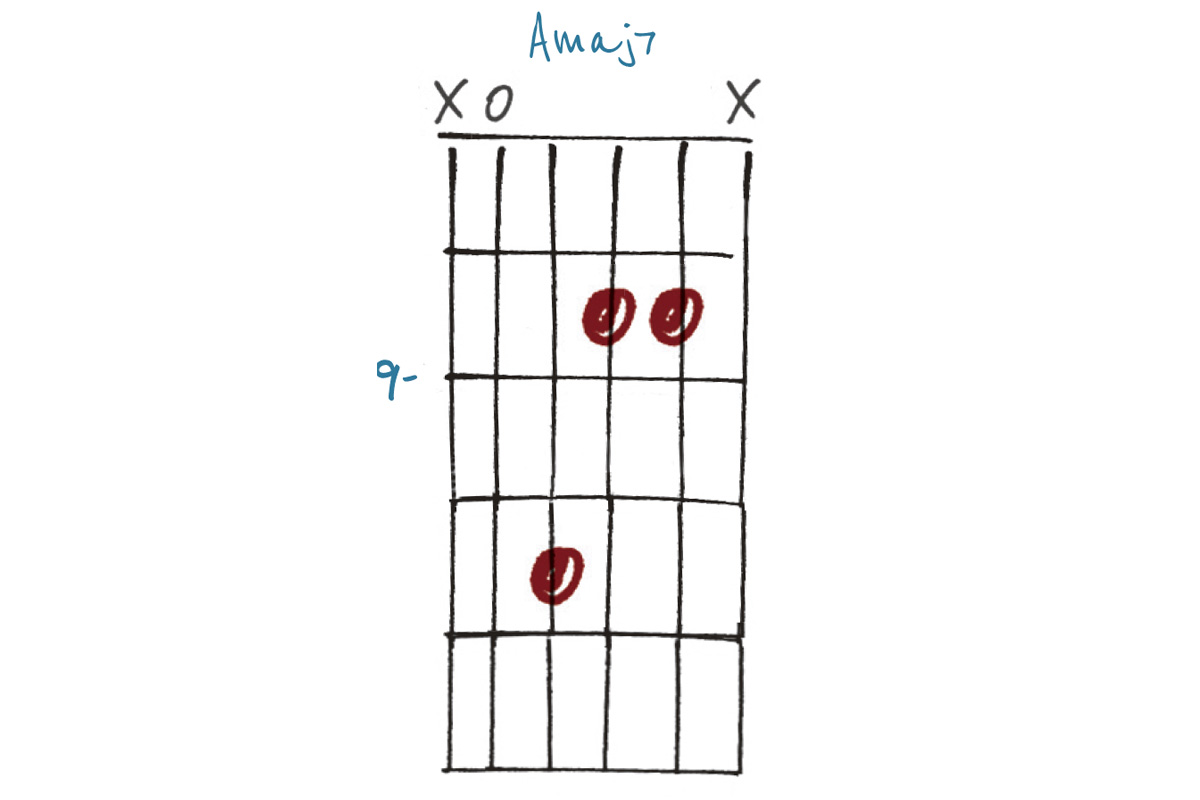Learn 5 Lydian chords that can add mood and atmosphere to your playing
Joe Satriani is a fan. Danny Elfman, too. And by learning these chord shapes, you can drop some Lydian magic into your songwriting for dramatic effect

Lydian tonality is like a mood or atmosphere you can dive into as and when you please. You may even notice that the opening scenes of many movies feature Lydian chords and melodies in their soundtracks – as does The Simpsons’ opening theme.
You’ll likely have heard of the Lydian mode, but what makes a chord ‘Lydian’ by nature? To answer that question comprehensively is no simple task, but let’s start by reminding ourselves of the Lydian mode in the key of A (to match our chord examples): A B C# D# E F# G# A. In other words, a regular A major scale with a #4 (D#). This single change brings in an element of B major; D# is its major 3rd.
Admittedly, this doesn’t obviously suggest B major, but if we put a D# in the context of an A major chord, you’ll hear it starts to sound like a hybrid between A and B major. This is especially true in Example 2 below, which is actually a B major triad over an A bass note – a chord taken solely from the notes of the Lydian mode.
Example 1.
This A5 add9 sus#4 is a nice example of what happens when you combine elements of the A Lydian scale into an A major chord. From low to high, we have the root (A), then the 5th (E), the 9th (B) and finally the D#, which is our #4.
Remember that these are simply names for sounds – don’t let the jargon stand in your way when being creative!
Example 2.
We’ve now moved completely away from the straight A major triad, to a B major triad in fact. However, we are staying with the tradition of naming chords from the ‘parent’ major scale (A), while acknowledging the altered (Lydian) notes within the name. We could call this A 6th (sus2 #4), but I’m going with B/A.
Example 3.
This is simply an A major chord in a non-standard position, but if you try playing the A Lydian mode over this it will give you plenty of usable ideas. Ultimately, this will be down to your musical taste, or the mood you want to create, but it is a very nice option to have.
All the latest guitar news, interviews, lessons, reviews, deals and more, direct to your inbox!
Example 4.
You may see that, as in Example 2, we have a B/A chord – and that surely means playing a B major arpeggio could work over A major to give a Lydian feel, doesn’t it? The answer is yes, but remember you haven’t actually changed key! You’re just emphasising another facet of A major.
Example 5.
Like the A major in Example 3, this Amaj7 doesn’t suggest Lydian mode in itself. However, Lydian mode will work over it beautifully. I like to view it as superimposing one idea over another, in the way that playing a B major arpeggio over A major works, or a B major triad over an A bass note such as the B/A in Examples 2 and 4. All of these ideas suggest a Lydian feel.
As well as a longtime contributor to Guitarist and Guitar Techniques, Richard is Tony Hadley’s longstanding guitarist, and has worked with everyone from Roger Daltrey to Ronan Keating.
